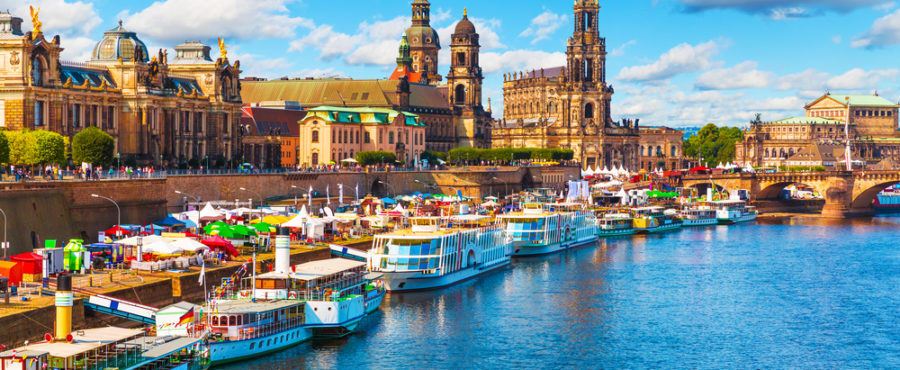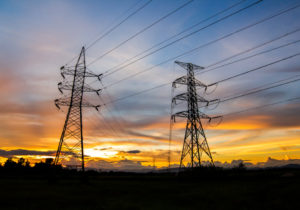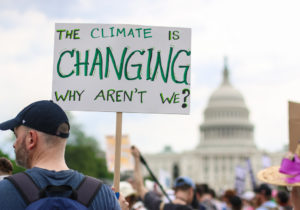
At present Europe’s biggest economy has a diversified energy system. Its dominating source of electricity is still hard and brown coal, which generates 43 per cent of Germany’s electric power. However, in the energy mix one may clearly see the growing role of renewable energy, which in 2016 accounted for 24 per cent of electricity[1]. The role of RES is growing stronger year by year. Sources which also significantly contribute to the production of German electricity is natural gas (13 per cent) and nuclear energy (also 13 per cent). However, the share of the atom is gradually diminishing.
The country of clean energy
Germany’s primary strategy for energy is Energiewende, which may be translated as “energy transformation.” It is based on the growing role of renewable sources and the reduction of nuclear energy. The first nuclear reactor was shut down as early as in 2003 and plans provide for final deactivation of the last nuclear block in 2022. Since the very beginning of the process of giving up nuclear energy, the growth of renewable energy production was nearly double the decrease of nuclear energy output.
The biggest safety challenge related to renewable energy is stabilisation of the system given the RES fluctuation. Some renewable sources ensure stable production – such as hydropower or biomass. However, photovoltaic panels and windfarms are sensitive to weather – the sun does not always shine and the wind does not always blow. Though predictability of power generated from sunlight and wind along with the development of meteorological models.
As individual renewable energy sources not always generate power, their deployed performance is much higher than the needs at a particular moment. Therefore, Germany sometimes overproduce electricity, which they are trying to export. The extraordinarily large RES output creates a phenomenon of negative prices – the recipient of the power, instead of paying for it, is additionally awarded by collecting the surplus. This situation causes multiple problems and conflicts and this is another issue to be resolved. Assuming that the Germans maintain today’s dynamics of RES development, in 20 years 100 per cent of power consumed in Germany will come from environment-friendly sources[2].
Towards natural gas
Theoretically, an ideal fuel that supplements RES is natural gas. Flexible gas-based power plants could, whenever needed, supplement shortages of renewable power. However, that is not happening for a number of reasons, primarily, regulatory ones. Multiple gas-run power plants in Germany are not working while a significant portion of power demand is satisfied by coal, which is much cheaper than gas. This may be changed only by the growing CO2 emission, which makes gas more competitive. However, the problem of the German coal, contrary to the assumptions of Energiwende, is far from being resolved. Shutdown of brown coal-run power plants, which generate the highest emissions, is something that trade unions strongly oppose. Despite multiple voices demanding the final date of coal power plants’ shut down and pressure from environmental lobbies, political debates have not so far resulted – despite generalities – in a clear and precise picture of the future of Germany’s coal.
A long way to go
Energiwende being pursued today is not a concept created in just recent years. As early as in 1961 chancellor Willy Brandt promised “restoration of a blue sky above the Rurh”, in the time when that region was the very heart of the German mining industry and when such a statement seemed little realistic[3]. The subject kept coming back many times and only at the turn of the century, did the then governing coalition of social democrats and the Greens initiate the transformation process for real. The transformation accelerated after the disaster in Japanese Fukushima nuclear plant in 2011.
[1] https://www.iea.org/media/countries/Germany.pdf
[2] https://energytransition.org/2018/01/german-energy-consumption-2017/
[3] https://ensia.com/features/german-transition-coal-renewable-energy/




